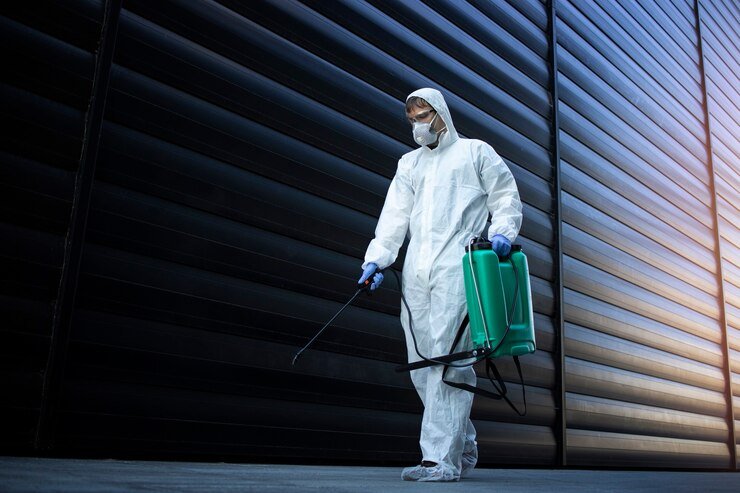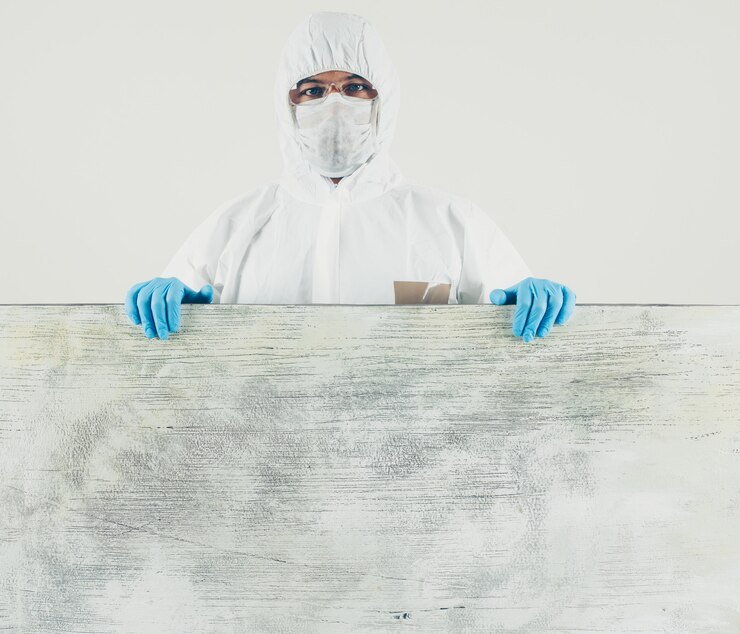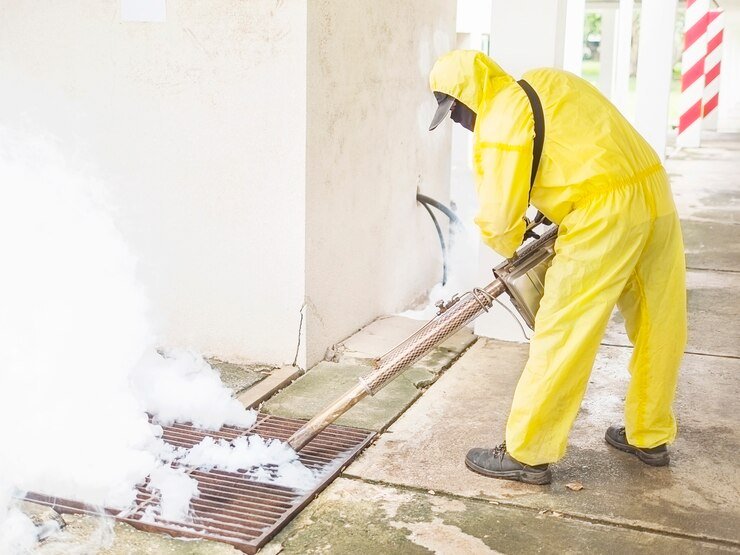Understanding the Health Risks Associated with Unchecked Mold
Discover the health risks of mold, how to spot it, prevent its growth, and what to do if you find it in your home. Stay safe and informed!

Mold is a sneaky little fungus. It can show up anywhere, often in our homes, schools, or offices. When mold is ignored, it can lead to real health problems. Today, we’ll dive into what mold is, how it grows, and why you should care. We’ll also chat about prevention and what to do if you find it lurking around. If you ever need help, there are professionals out there who offer mold cleanup services.
What Even Is Mold?
So, what is mold? It’s a type of fungus that lives almost everywhere. Seriously, it's out there in nature, in the air, and even in your home. Mold loves damp places. Think about bathrooms, kitchens, or basements. If there’s moisture, mold is happy. It looks like little spots or patches and can be black, green, brown, or even white. Spoiler alert: it’s not great when mold shows up.
How Can Mold Mess with Your Health?
Mold isn’t just gross; it can also be harmful. It releases tiny spores into the air. When you breathe these spores in, they can cause problems. Some people are more sensitive to mold. This makes them more likely to have issues.
Common Health Problems Linked to Mold
-
Allergies: Mold can trigger allergic reactions. You might sneeze, cough, or get itchy eyes. Not fun, right?
-
Asthma: If you have asthma, mold can be a real troublemaker. It can make it hard to breathe.
-
Respiratory Issues: Breathing in mold spores can irritate your lungs and throat. This can be tough, especially for those with existing lung problems.
-
Skin Irritation: Touching mold can leave your skin angry. Some people may even get rashes. Ouch!
-
Infections: In rare cases, mold can lead to serious infections. This is most common in folks with weak immune systems.
Who’s at Risk?
Truthfully, mold can affect anyone. But some people are more at risk. Here’s a quick rundown:
-
Kids: Their little bodies are still growing. That makes them more sensitive to the bad stuff.
-
Older Adults: As we age, our immune systems weaken. This makes it harder to deal with mold.
-
Allergy Sufferers: If you have allergies, mold can hit you hard.
-
People with Lung Issues: If you have asthma or other lung problems, you need to be cautious.
How to Spot Mold Growth

If you want to keep your health safe, spotting mold early is super important. Here are signs that it might be lurking:
Musty Smell
If your home smells musty, mold could be hanging out. That smell is usually a red flag.
Visible Spots
Keep an eye out for dark spots on walls and ceilings. Mold loves to hide in damp places. Check under sinks and behind appliances.
Water Damage
Water stains? They could indicate mold growth. Look for leaks in pipes and around windows.
High Humidity
Mold loves moisture. If your home feels damp or sticky, that’s a signal to check for mold.
Tips to Keep Mold Away
Fighting mold before it starts is much easier than battling it later. Here are some simple tips:
Keep Areas Dry
Moisture is a mold magnet. Dry up spills quickly. And if you spot a leak, fix it right away.
Improve Airflow
Mold hates good airflow. Open windows and use fans to keep the air moving. Good air circulation can work wonders.
Use Mold-Resistant Products
Building or renovating? Consider using mold-resistant materials. From paints to drywall, they can make a difference.
What to Do if You Find Mold
Okay, you found mold—now what? Don’t panic. Here’s what to do:
Identify the Moisture Source
Find out why the mold appeared. Is there a leak? High humidity? Fix this first before tackling the mold.
Clean Small Areas Yourself
If the mold patch is small, you can clean it. Just mix soap and water or use a store-bought cleaner. Remember to wear gloves and a mask to protect yourself.
Call for Bigger Problems
If the mold covers a large area, don’t hesitate to call in the pros. They know how to handle it safely and effectively.
Why Get Professional Help?
Sometimes it’s best to leave it to the experts. They know their stuff. Here’s what to expect when you call in the pros:

What Happens Next?
-
Inspection: They’ll check your home for mold. They might even take samples for testing.
-
Planning: Next, they'll create a plan to remove the mold and prevent it from coming back.
-
Removal: They'll tackle the mold, using the right tools and methods.
-
Restoration: Once the mold is gone, they’ll fix any damage it caused.
-
Advice: They’ll help you with tips on keeping your home mold-free in the future.
Attic Insulation Services Matter
Don’t forget about the attic! Mold can grow there too. Good attic insulation can keep your home dry and prevent moisture buildup. Trust me, professional attic insulation services can help out in this department.
Wrapping It Up
Mold might look harmless, but it can cause serious health risks if you let it be. Understanding how it grows and the issues it causes is super important. We should all take mold seriously. Proper prevention and quick action can help keep you and your family safe.
If you suspect mold in your home, don’t wait. Take action fast. Whether you're cleaning a small area or calling for reinforcements, remember that your health is important. With the right steps, you can keep your home mold-free—safe and sound!
Need assistance? Look for local mold cleanup services. They’re ready to help you make your home a healthier place!
What's Your Reaction?
















